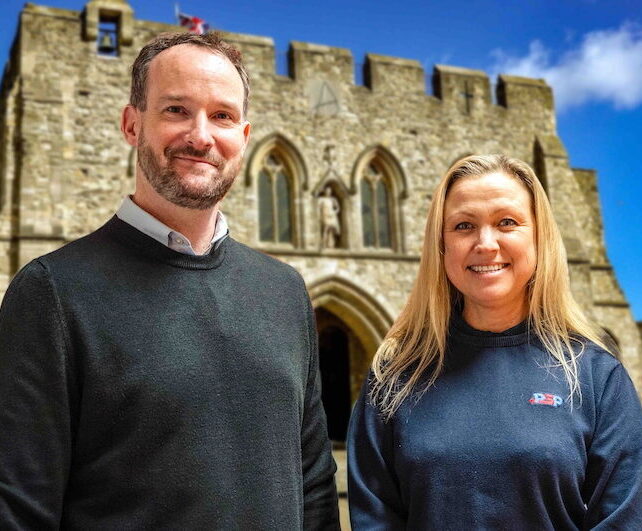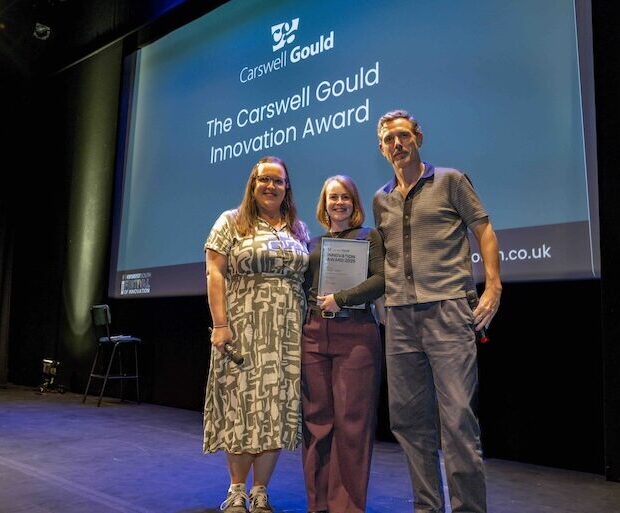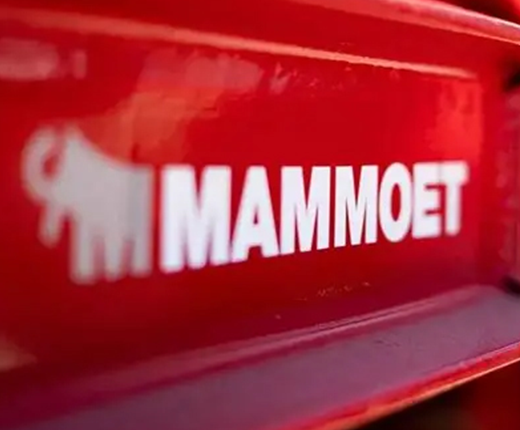At the recent Google Keynote conference for developers, a new piece of technology was launched that will change the way Google Search can analyse and answer the various questions users ask its search engine every day.
The name of this new technology is MUM, which stands for Multitask Unified Model. You can read an in-depth Google authored article here but we have paraphrased the most relevant parts and given our view, so marketers can get a good overview of this exciting development.
- Where has MUM come from and what is it?
- How does MUM search work in practice?
- How does MUM use different languages and types of content?
- When will MUM go live on google search?
- What does MUM mean for marketers and businesses?
Where has MUM come from and what is it?
Google has been doing a lot of work with AI and natural language search models over the last few years. MUM originates from this work and is an evolution of a previous project called BERT. Like BERT, MUM is built on a transformer architecture but it’s 1,000 times more powerful and clearly sets out where Google is heading long term with its search capability.
MUM is one of the latest efforts of Google to build a node network that aims to recreate the human synapsis and emulate the human brain ‘as near as possible and mimic the way we ask, rationalize and find answers to questions. In short, Mum is trying to be more human.
How does MUM search work in practice?
This new technology should enable Google to answer complex questions and offer intelligent answers. It’s best demonstrated by the examples the team at Google showed during the launch event for the new technology. They pose the following question to MUM…
“I’ve hiked Mt. Adams and now want to hike Mt. Fuji next fall, what should I do differently to prepare?”
If you ask this question to an expert (like a mountain guide from that area) you will get an articulate and exhaustive answer, which covers all the possible things that you need to consider before your trip. The guide would think around the question and use his or her experiences to fill in gaps, make additional suggestions and help you consider what is needed to prepare for your trip.
MUM recreates the same kind of interaction and comprehension of the information that you may get by asking a question to a human being.
As shown in the GIF below, Google starts by analysing the user request and then gathers all the information from different areas of the web. It makes intelligent assumptions, like comparing the two mountain elevations or the difference in temperature in the same month. Afterward, it presents a narrative answer to the initial question.

Source: Google blog post
The ultimate aim of this technology is to offer an answer presented to the user in a “narrative mode” which is more similar to the human natural language and conversion we have every day and not just a list of results like you get today. This theoretically means more informed and useful search results leading to more use of their search tools than any other.

Source: Google blog post
How does MUM use different languages and types of content?
An impressive feature of MUM will be its ability to get information from different languages. This means you can access all the data, results and information sources even if the original source was written in another language, removing language barriers and opening up greater potential for shared information and (with our marketing hats on) global marketing gain. Currently, MUM can understand and generate an answer in 75 different languages.
MUM does not only rely on web page text content, but it can also understand information from different formats, such as images and there are even plans to expand the support to audio and video sources. Using the examples shared by Google, you can even show MUM a picture of your boots and ask if they are OK to be used on Mt. Fuji and it will give you the information you are looking for.

Source: Google blog post
When will MUM go live on Google search?
MUM is in an experimental phase and has started internal testing. MUM won’t be live for some time and Google says…
“We’ll bring MUM-powered features and improvements to our products in the coming months and years. Though we’re in the early days of exploring MUM, it’s an important milestone toward a future where Google can understand all of the different ways people naturally communicate and interpret the information“
What does MUM mean for marketers and businesses?
In the past weeks, there have been a lot of comments about MUM on the internet. Marketing, web and SEO experts around the world are concerned about how this new technology might change the way they need to structure their content strategies.
As with every change to the Google search algorithm (be that Penguin through to Mockingbird and everything in between), it is never easy to forecast what will happen and how best to prepare.
Whatever the outcome, the team at Carswell Gould is excited about the potential of these developments. It may result in more interesting web experiences and the multilingual aspect could be really helpful when considering how global marketing teams can solve search challenges. It might even simplify projects that cover multiple regions like this we did for Rentokil Initial.
It’s also worth factoring in that Google may well be able to access other data in the near future like medical records and be able to offer health advice or guidance for example “are you fit enough to hike Mt. Fuji?” and “what are the health impacts?”
One thing is sure, every time someone talks about AI we hear a lot of questions, fears and doubts about how it will impact our websites, jobs and lives. In terms of worrying about MUM, the fact is there is nothing you can do right now, other than stay informed and understand the direction of travel.
Once we have a clear understanding of how MUM will work and how it will index, review, and use information, we can start building content and SEO strategies to work towards these changes – just like we have done in the past for things like mobile content and voice search.
Our hope is that this approach might lead to a more human and democratic search, allowing more niche businesses to surface their solutions, products and content. How the need for Google to sell advertising will affect the results remains to be seen but more intelligent, human searches (ironically delivered by AI) are the obvious way ahead and make for a fascinating and interesting future.
This insight feature was discussed, written and presented by Carswell Gould’s Technical Director Giuseppe Sciascia and Creative Director Ed Gould.
As a professional web agency, we’ll assist you in building your next website to achieve success by attracting and converting customers.
As a leading UK web agency, with a marketing-led approach, we’ll work with you to create a website and app that not only looks beautiful, but also drives traffic, converts customers and communicates your brand effectively. Let’s bring your vision to life and create a website and app that exceeds your expectations. Fill out the form to get started.




